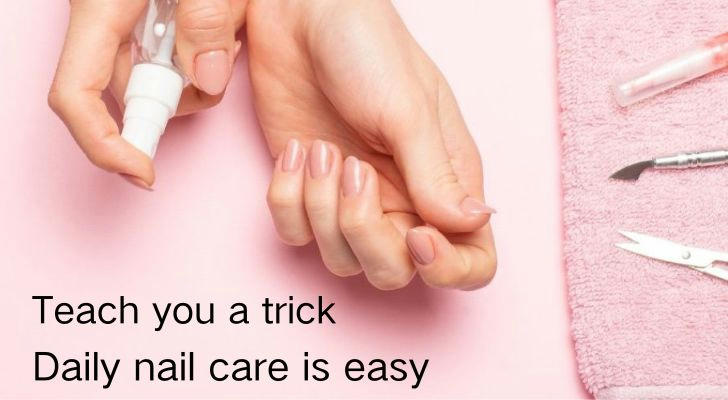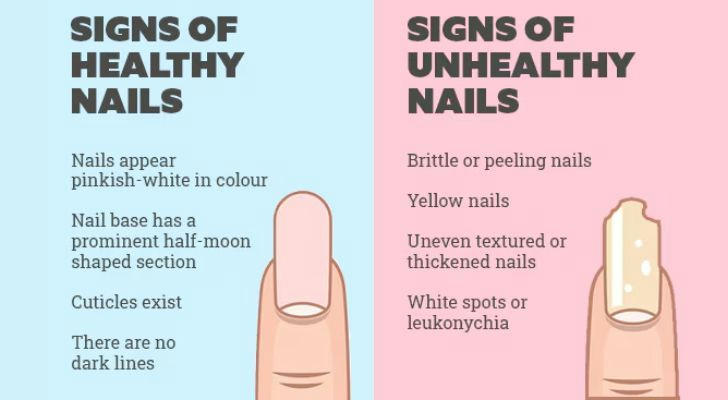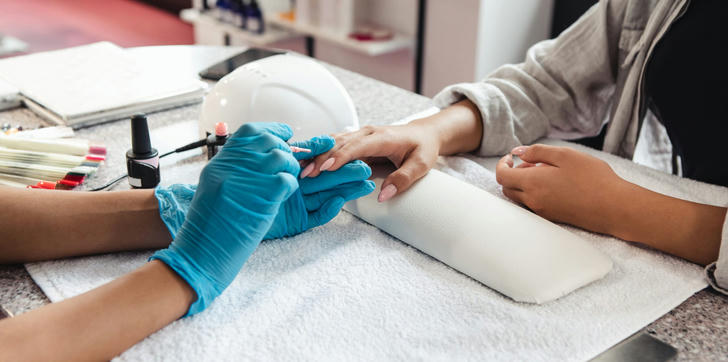Best Practices for Daily Nail Hygiene
Maintaining clean and healthy nails is about more than just appearance. Good nail hygiene helps prevent infections, protects the surrounding skin, and supports overall hand health. While regular manicures can enhance aesthetics, daily habits play a bigger role in the long-term condition of natural nails.
This guide outlines simple, effective, and science-informed practices that can be easily integrated into a daily routine to promote stronger, healthier nails.

Why Daily Nail Hygiene Matters
Nails are made of keratin, a tough protein that also forms skin and hair. They protect fingertips and toes, support precise finger movements, and can reflect internal health conditions. When nails are neglected, they become vulnerable to fungal and bacterial infections, breakage, discoloration, and other issues that affect both comfort and confidence.
According to the Centers for Disease Control and Prevention (CDC), poor nail hygiene is a common source of microbial transmission, especially when hands aren’t washed properly or nails are excessively long and unclean.
1. Wash Hands and Nails Thoroughly
Clean nails start with clean hands. Handwashing should include the area under and around the nails, where dirt and microbes often collect.
Daily habit tips:
- Use warm water and mild soap
- Scrub under the nails gently with a soft nail brush
- Dry thoroughly, including the area around the nails and cuticles
Why it matters:
Moist environments support the growth of fungi and bacteria. Keeping nails dry after washing is just as important as cleaning them.
2. Keep Nails Short and Smooth
Long nails are harder to keep clean. They’re also more likely to trap debris, break, or carry pathogens.
Best practices:
- Trim nails regularly based on growth (typically weekly or biweekly)
- Use sharp nail clippers or manicure scissors
- Smooth rough edges with a fine-grit emery board, filing in one direction
The American Academy of Dermatology recommends keeping nails short as part of infection control, especially in healthcare-related environments.
3. Clean Tools After Every Use
Nail clippers, files, and cuticle pushers should be disinfected after each use.
How to do it:
- Wash with soap and water
- Disinfect with rubbing alcohol or boiling water (for metal tools)
- Store tools in a clean, dry place
Dirty tools can carry bacteria or fungi from previous uses, even in personal grooming routines.
4. Avoid Biting or Picking
Nail biting or cuticle picking can damage the nail and surrounding skin.
Alternatives:
- Use a fidget object or chew-safe gum to replace biting behavior
- Apply bitter-tasting nail coatings to discourage chewing
- Keep nails short to reduce temptation
Open skin around the nail increases the risk of infection and inflammation such as paronychia.
5. Moisturize Cuticles and Nail Beds
Dryness can lead to splitting, peeling, and weakening of the nail plate.
What to use:
- Creams, oils, or balms with vitamin E, jojoba oil, or shea butter
- Apply after washing hands or before sleep
- Massage gently into the nail and cuticle
Fragrance-free and dermatologist-tested products are less likely to irritate sensitive skin.

6. Use Gentle Nail Products
Not all nail products are suited for daily or frequent use.
Look for:
- Non-acetone polish removers
- Polishes labeled as formaldehyde-free, toluene-free, DBP-free
- Avoid excessive use of acrylic or gel nails, which can damage the nail plate
A study in Dermatologic Therapy (2014) showed overuse of chemical-based products contributes to brittle nails and higher risk of infection.
7. Protect Nails From Chemicals and Water
Water and cleaning chemicals can weaken nails by stripping natural oils.
Tips:
- Wear gloves when cleaning or doing dishes
- Dry hands and nails completely after washing
- Choose latex-free gloves for sensitive skin
Even natural cleaning products can irritate nails and surrounding skin with overuse.
8. Let Nails Rest Between Polishes
Continuous polish can lead to discoloration or surface damage.
Practice:
Leave nails unpolished for a few days each month to allow natural recovery.
If nails remain discolored even after polish is removed, check product ingredients or consult a dermatologist.
9. Avoid Sharing Tools or Products
Sharing nail care items increases the risk of spreading fungi and bacteria.
Best habit:
Use personal tools only, and disinfect them regularly. In salon settings, ensure tools are sterilized between uses.
10. Watch for Nail Changes
Daily care includes monitoring nails for early signs of problems.
Warning signs:
- Yellow or green discoloration
- Dark lines that don’t grow out
- Lifting of the nail plate
- Redness or swelling near the cuticle
If these occur, a healthcare provider or dermatologist can help diagnose and treat underlying issues.
Conclusion
Daily nail hygiene supports long-term nail strength and health. Simple habits like proper handwashing, routine trimming, and avoiding harmful products or practices can make a significant difference. Consistent care is the most effective way to maintain clean, attractive, and resilient nails.

References:
- American Academy of Dermatology Association.
- Centers for Disease Control and Prevention (CDC).
- Dermatologic Therapy, 2014; 27(3): 150–156.
